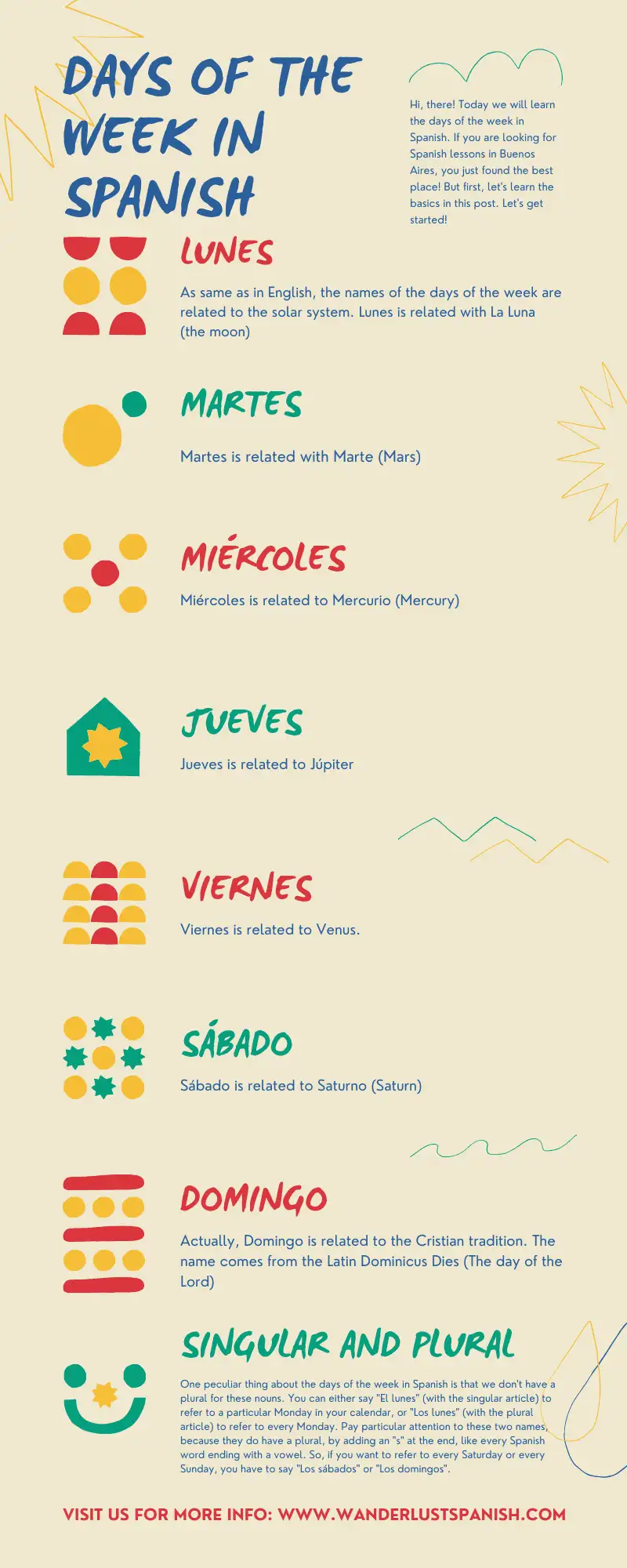When I was studying with Wanderlust, I took time out of my Spanish lessons to explore a less-trodden corner of Argentina. Where exactly? The magical northwest. And wow, what an incredible destination.
People often ignore this region when they come to travel and learn Spanish in Argentina. They’re all too busy sipping on wine in Mendoza and getting soaked to the bone at the Iguazu Falls. Oh and taking Spanish lessons in Buenos Aires with Wanderlust, of course! Now don’t get me wrong, you definitely should be doing these things.
But when you come to learn Spanish in Argentina, try to squeeze the northwest into your itinerary. You’ll thank yourself for it. As I said, I visited this region between my Spanish lessons and it’s easily my favourite part of the country. Yes, you will find it in every Argentina guidebook. It’s not exactly unknown. But it’s still a road less trodden and retains a raw authenticity that’s hard to come by these days.
Here, you won’t find fast WiFi, English translations or coffee shops everywhere. Instead, Argentina’s northwest vibes with indigenous charm, sleepy pueblos and dramatic mountains. And while international tourism isn’t so big here, it’s easy to be a tourist and get around. Oh and you’ll get the chance to practice what you’ve learned in your Spanish lessons, as well. Why? They speak less English in this region!
The low down
Contents
Before I take you through the unmissable spots, let’s get our bearings. We’re talking about Argentina’s northwest corner close to the border with Chile and Bolivia. Our main towns are Purmamarca, Tilcara and Humahuaca. These dot the Ruta Nacional 9 road as it climbs into the arid Andes in an area known as the Quebrada de Humahuaca.
The nearest big city -and therefore airport- is San Salvador de Jujuy, often shortened to Jujuy. It’s roughly a 1hr30min drive to the first town, Purmamarca. Most people fly into the city of Salta, though, as it eclipses Jujuy for tourist experiences. From there it’s a scenic 3-hour ride to Purmamarca.
The good news is there are lots of tourist transfers connecting the region’s key points. If you prefer your own set of wheels, you’ll find plenty of car hire places in the cities. See, I told you it was easy to get around. By the way, you’ll learn all about Argentina’s geography in your Spanish lessons with Wanderlust. It’s a big country with lots to explore, don’t miss Argentine Patagonia either.
Purmamarca and the Salt Flats
As you’ve already gathered, our first stop is Purmamarca. Tucked away off the route between low-lying mountains, you can easily miss it. This quaint town greets you with its charming adobe houses, dusty streets, and colorful cerros. In case you’ve not started to learn Spanish in Argentina yet, Cerro means hill :). In the main square, the beaming locals selling their handicrafts only add to the welcome. Be sure to pick up an aguayo, a colorful blanket made from llama wool.
The town’s main draw is the Cerro de los Siete Colores or the Hill of Seven Colors. Local folklore claims the rainbow-like shades were painted by mischievous kids. I think that’s much more interesting than the geology behind it, right? Whatever you choose to believe, this vibrant hill has to be one of the country’s most scenic views.
Now, did you know that Argentina also has salt flats? While not on the scale of Bolivia’s Uyuni, they still make for an out-of-this-world experience. In the center of Purmamarca, you’ll find plenty of mini-vans and drivers willing to take you there. High up in the altiplano, it’s a hair-raising one-hour ride to reach the Salinas Grandes. You’ll ascend the windy, at times vertigo-inducing, Cuesta de Obispo. This engineering feat is a road that snakes up the Andes towards the salt flats.
After plenty of hairpin turns, the route plateaus out to reveal otherworldly rock formations. Keep an eye out for the occasional flamingo and llama, too. Here you’re at a dizzying 3,500 meters (11,300 feet) above sea level. Arriving at the salt flats is a spectacle in itself and you’ll need sunglasses – it’s bright up here.
With the wind howling away, you’ll have the chance to take plenty of crazy snaps to share on social media. After an hour, your minivan or driver will take you for an equally vertigo-inducing ride back to Purmamarca. Get ready to put into practice what you’ve learned in your Spanish lessons! Your driver will end up chatting with you. The people here are very friendly.
Andean cuisine and vibing Tilcara
Now if you’re like me, you’ll want to tuck into some of the region’s typical dishes for lunch and dinner. And I’ve got good news for you. The good news is they eat the famous asado here (Argentina BBQ). By the way, when you learn Spanish in Buenos Aires with Wanderlust, you’ll get to eat lots of asados with the teachers! Read our blog post for more info on Argentina asados.
But here the asado is a little different. Forget beef. The main players are delicious llama and goat meat. You’ll find lots of steak houses and roadside parrillas in the area. If you prefer not to eat cute, furry animals, don’t worry. You can feast on yummy humita – a corn-based treat with melted cheese. In case you’ve not started your Spanish lessons yet, cabrito is a goat, and Cordero is a lamb.
Anyway, back to the road and scenic 45-minute drive north of Purmamarca lies Tilcara. This artsy town keeps its indigenous traditions alive while embracing modern bohemian vibes. Scattered across the mountain, hilly Tilcara is a favorite spot among backpackers. Don’t let that put you off, though, it’s still ungentrified and proudly protects its native identity. You’ve got nightlife here, too. The town is renowned for its live music and even livelier peñas – local folk music shows you have to go to at least once.
One of the must-sees is the Pucara de Tilcara archaeological site. Overlooking the pueblo, this fort protected the town from invading the Incans and, then, the Spanish. These days, its gracious ruins offer a fascinating glimpse into times gone by. Here’s an interesting fact, too: the people here are of indigenous descent. Many even speak the Quechua and Aymara languages.
Now I know what you’re thinking. “I came to learn Spanish in Argentina and they speak a different language in the Northwest!”. Don’t worry. The main language is Spanish and everyone speaks it here. What is fascinating is how different the culture is. When you learn Spanish in Buenos Aires, you’ll see how European the city is. But here, the people have a very proud indigenous heritage. This diversity is one of the things I most love about Argentina. It’s a top reason to take Spanish classes here.
For a deeper dive into the region’s flora and history, check out the Jardín Botánico de Altura and the Museo Arqueológico. If you’re keen on short hikes, climb up to the Garganta del Diablo. This majestic waterfall is tucked away between a gorge in the rocks and boasts sweeping views over the valley. For the best views, head up there late afternoon so you’ll catch the sunset as you come down.
Humahuaca, where the road runs out
Swerving back onto the Ruta Nacional 9, a one-hour drive north will take you to Humahuaca. At a dizzying 3,000 meters (10,000 feet) above sea level, this town is an epic mix of colonial history, welcoming locals and jaw-dropping landscapes. Its quaint, cobbled streets and old-world architecture only add to its charm. You’ll catch sweeping views -and epic sunsets- from the Monumento a los Héroes, the town’s famous hilltop landmark. If you’re in town for the full moon, you’ll catch some mystical pics from here, too.
While Humahuaca is undeniably pleasant, the Hornocal steals the show. Also known as the Hill of Fourteen Colors, the views stop you in your tracks. The late afternoon sunlight means it’s best to go after 3 pm. Remember to take it slow, though – here you’ll be at 4,000 meters (13,100 feet) above sea level. Altitude can bite when you least expect it.
Other unmissable spots close to Humahuaca include the Cueva del Inca, renowned for its cave paintings, and the Peña Blanca trek. Of the three towns we’ve explored, this latter is by far the sleepiest. And that’s logical, too. The further away from the big cities you get, the smaller the towns and populations are. If you’re feeling intrepid, hit the Ruta Nacional 9 and head north to La Quiaca, the border town with Bolivia. But get ready for a bumpy journey, this high up the road is an unpaved dirt track.
For now, our journey ends. You’ve just explored the mythical Quebrada de Humahuaca – somewhere you have to explore when you come to learn Spanish in Argentina. Local tourism has always been present, but international visitors are less common. As less English is spoken, it’s the perfect place to practice what you learn in your Spanish lessons.
Essential info
So take a break from your Spanish lessons with Wanderlust, and jet off to the northwest of Argentina. Here’s all you need to know.
Getting there
Fly into either of the cities of Jujuy (JUJ) or Salta (SLA) from Buenos Aires. There are also flights to Salta from Iguazu and Mendoza. Both cities are reachable by long-distance bus.
To reach Quebrada de Humahiuaca’s towns from there, you can hire a car, take public transport or private minivans. You’ll find plenty of departures.
A multitude of buses connect the 3 towns, but be sure to double-check the last departure before booking tickets. Tourist minivans are available, too, and take you to attractions like the salt flats and the Hornocal.
Accommodation Options:
All towns boast a variety of accommodations. In Purmamarca, lodgings tend to be boutique hotels, while in Humahuaca you’ll generally find hostels. As the largest of the 3 towns, Tilcara has the most options available. There, you’ll have a mix of hotels, Airbnbs and hostels.
H3: How long to stay
A 3-night stay is enough to see the main sights. To not feel rushed, you’ll need one day for Purmamarca and the salt flats, plus another day for Humahuaca and the Hornacal. You can see Tilcara’s main sights in half a day.
What to pack
This is a desert climate, so the days are hot and the nights chilly. Pack layers and clothing to protect your skin from the sun.
Sun protection, a hat, and sturdy walking shoes are must-haves.
Stay hydrated and take it easy to adjust to the high altitude.
In case you’ve not started your Spanish lessons yet, here are some translations:
Protector solar – sunscreen
Gorra – cap or hat
Abrigo – cold weather clothing
Campera – jacket
Lentes – sunglasses
Safety
There is little to no crime in the area. Be careful with the sun, and wandering into the mountains.
Best time to go
Any time of year. The climate remains similar, hot, sunny days and cool to cold evenings.
Continuing your Journey
If you’re heading to Chile, San Pedro de Atacama is accessible via the Paso de Jama border crossing. Returning to Salta or Jujuy is straightforward with the same transport options. Both cities have airports with flights back to Buenos Aires. You can cross into Bolivia from La Quiaca.
Jay is a travel content and copywriter who took Spanish classes in Argentina with Wanderlust. You can visit his website here: www.thegototravelcopywriter.com .









